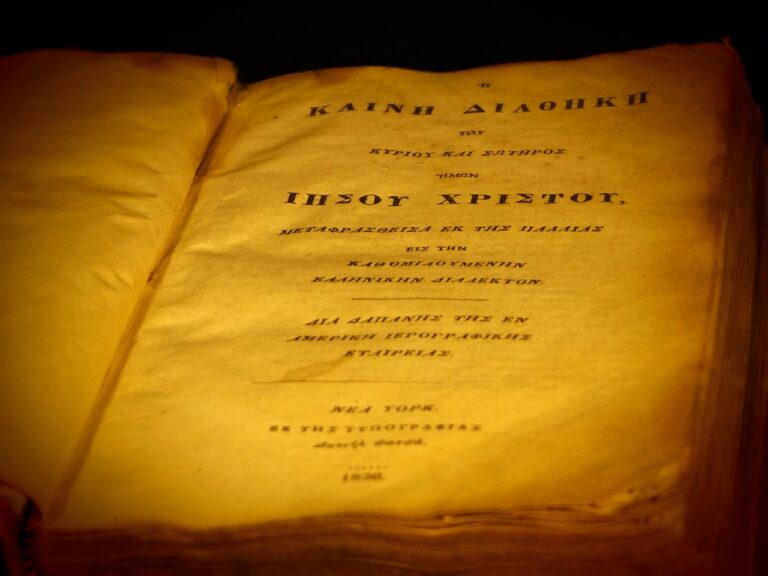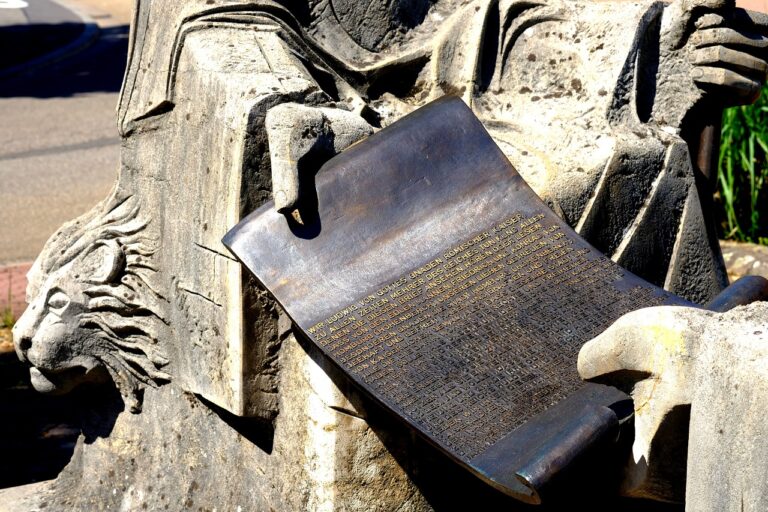Understanding the Role of Blockchain Technology in Educational Credential Verification
Blockchain technology offers a revolutionary solution for verifying educational credentials with unprecedented transparency and efficiency. By securely storing credentials on a decentralized ledger, blockchain eliminates the need for third-party verification, reducing the risk of fraud and discrepancies in academic records. This streamlined process not only saves time but also ensures that credentials are easily accessible and tamper-proof, enhancing trust and credibility in the verification process.
Moreover, blockchain technology enables instant and global verification of educational credentials, allowing academic institutions, employers, and other relevant parties to access authenticated information in real-time. This level of accessibility not only simplifies the verification process but also prevents delays in credential validation, ultimately expediting recruitment processes and academic admissions. With blockchain technology, the verification of educational credentials is transformed into a seamless and secure process that benefits both credential holders and the institutions needing to verify their qualifications.
Challenges in Traditional Credential Verification Methods
Traditional credential verification methods face numerous challenges in today’s fast-paced digital world. One major issue is the prevalence of fraudulent certificates and documents, making it challenging to verify the authenticity of credentials. This poses a significant risk to educational institutions, employers, and other organizations relying on these credentials for decision-making processes.
Furthermore, the manual verification processes often used with traditional methods are time-consuming and labor-intensive. This inefficiency can lead to delays in verifying credentials, impacting the overall efficiency of academic institutions and recruitment processes. The lack of a centralized and secure system for storing and accessing credentials also contributes to the difficulty in ensuring the validity of qualifications.
How Blockchain Ensures Security and Authenticity of Credentials
Blockchain technology ensures security and authenticity of credentials through its decentralized and immutable nature. Each transaction or update made to a credential is recorded on a shared ledger that is distributed across multiple nodes in the network. This means that once information is added to the blockchain, it cannot be altered or deleted, providing a tamper-proof system for verifying credentials.
Moreover, the use of cryptographic algorithms in blockchain technology adds an extra layer of security to credentials. Each credential is associated with a unique digital signature that verifies its authenticity and prevents unauthorized access. This eliminates the risk of counterfeit credentials and enhances the overall trustworthiness of the verification process.
How does blockchain technology benefit educational credential verification?
Blockchain technology ensures a secure and tamper-proof system for verifying educational credentials, providing transparency and eliminating the risk of fraud.
What are the challenges in traditional credential verification methods?
Traditional credential verification methods are often time-consuming, prone to errors, and lack a secure system to prevent fraud or tampering of documents.
How does blockchain ensure security and authenticity of credentials?
Blockchain technology uses a decentralized and transparent system that records all credential transactions securely, creating a reliable and immutable record of authenticity for each credential.







